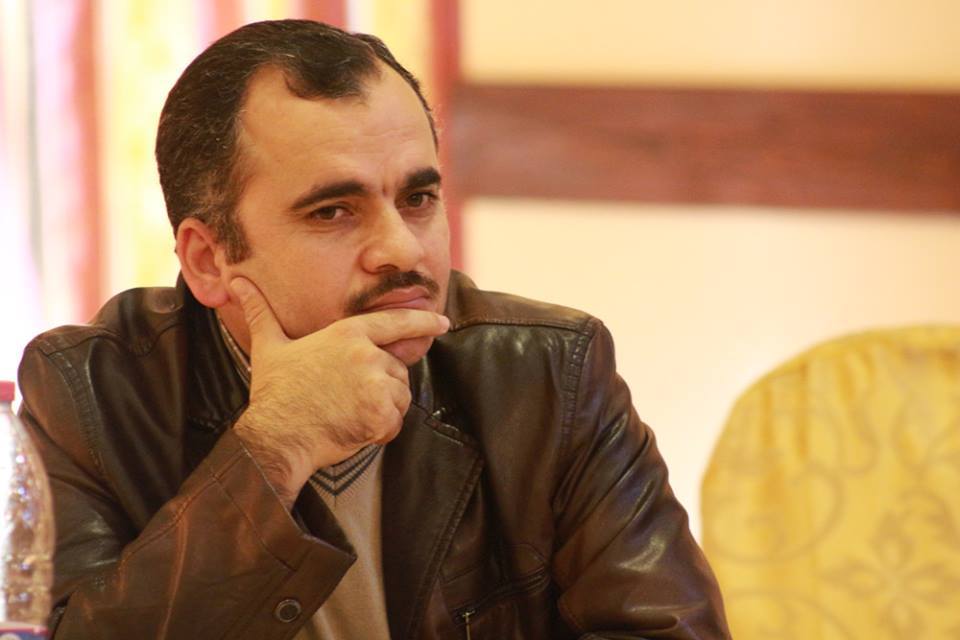As Palestinian resistance operations gradually return in the West Bank, Israeli security services and the army are becoming increasingly concerned about what they believe to be a worrying awakening of resistance cells.
The recent armed attacks in the West Bank are getting the Israeli security services to wonder about the feasibility of the tight grip they’ve been imposing on the West Bank. Right now, the main conviction in the Israeli security system is that the days of relative calm in the West Bank are over, at least for the near future.
It is clear to Israel that not all he resistance’s infrastructure has been revealed, and they most likely exists in the form of small nuclei that are accumulated and scattered over a relatively large area in the cities, camps and towns of the West Bank.
Hamas’ new military infrastructure in the West Bank is completely different from the traditional organisational infrastructure which was based on close relationships: family, clan, friendships, place of residence and work, and early acquaintance is model. There is no longer a need for cell members to meet with each other, as the movement’s activists from the northern West Bank receive weapons or instructions from the outskirts of Jerusalem, or vice versa. Therefore, at this time, the Israeli focus is more on intelligence work than on operational work, because the context of Hamas’ current infrastructure is still completely unclear to Israeli security.
READ: Israel army will not help combat crime rate among Arab communities
According to Israeli allegations, directives from the Hamas leadership are transmitted to the next levels either through the movement in Gaza to the West Bank or directly to the West Bank, and sometimes it is done through meetings via encrypted messages. This is a major security challenge facing the Israeli army.
This means that the Israel campaign in Jerusalem and Jenin aimed at striking the long-standing infrastructure of resistance forces was not completely successful, because in addition to the military activities in Gaza, Hamas has long established an organised infrastructure in the West Bank under the guidance of its senior officials. Their goal is to be stationed as a fighting body there.
This shows that the series of raids carried out by the army and the security apparatus in the past weeks in Jenin and Ramallah were not normal, not only because of their size and bloody consequences, but in terms of their repercussions on the future of security on the ground. These raids come as a continuation of the prevailing tension in Gaza, the active attacks in the West Bank and the escape of prisoners from Gilboa Prison.
Israeli security leaks claim that the training of armed elements has already begun, and so have efforts to produce explosive materials inside homes. Cell members are villagers from the Ramallah and Jenin areas, where Hamas already has a strong infrastructure, and the Palestinian Authority and its security forces have been facing difficulty in working.
It has become clear that Hamas is seeking to establish an active armed infrastructure in the West Bank that aims to lure the army into intensive activity in the heart of the main localities in the territories, and thus embarrass the Palestinian Authority and its security apparatus as collaborators with Israel.
Despite all this, it is still not clear whether the Israeli army has completely succeeded in thwarting the infrastructure of the resistance in the wake of its recent operations over the past weeks, especially during the recent series of raids. However, the army’s fear remains of the further growth of Hamas’ capabilities in the West Bank, not only on the military level, but also politically and educationally, and the possibility of turning the Gaza Strip and the West Bank into two arenas for one front, in which the Hamas movement controls and leads them according to its interests and ideology.
Israeli concern about the escalation of resistance operations in the West Bank coincides with the 16th anniversary of Israeli withdrawal from the Gaza Strip, which is helping spread an Israeli hypothesis that if a similar withdrawal occurs from some parts of the West Bank, as per any agreement with the Palestinian Authority, then similar changes to those that took place in Gaza will take place in the West Bank, in which case Israel will soon find itself under the threat of rocket fire from the West Bank towards the cities of Kfar Saba, Petah Tikva and the outskirts of Tel Aviv.
READ: Palestinian prisoners start week of protests against Israel prison restrictions
The views expressed in this article belong to the author and do not necessarily reflect the editorial policy of Middle East Monitor.

![Palestinian protesters respond to Israeli soldiers' interventions in Palestinians protesting against building Jewish settlements in Beita village of Nablus, West Bank, on October 1, 2021. [Nedal Eshtayah - Anadolu Agency]](https://i0.wp.com/www.middleeastmonitor.com/wp-content/uploads/2021/10/20211001_2_50263174_69254704.jpg?fit=920%2C613&ssl=1)







